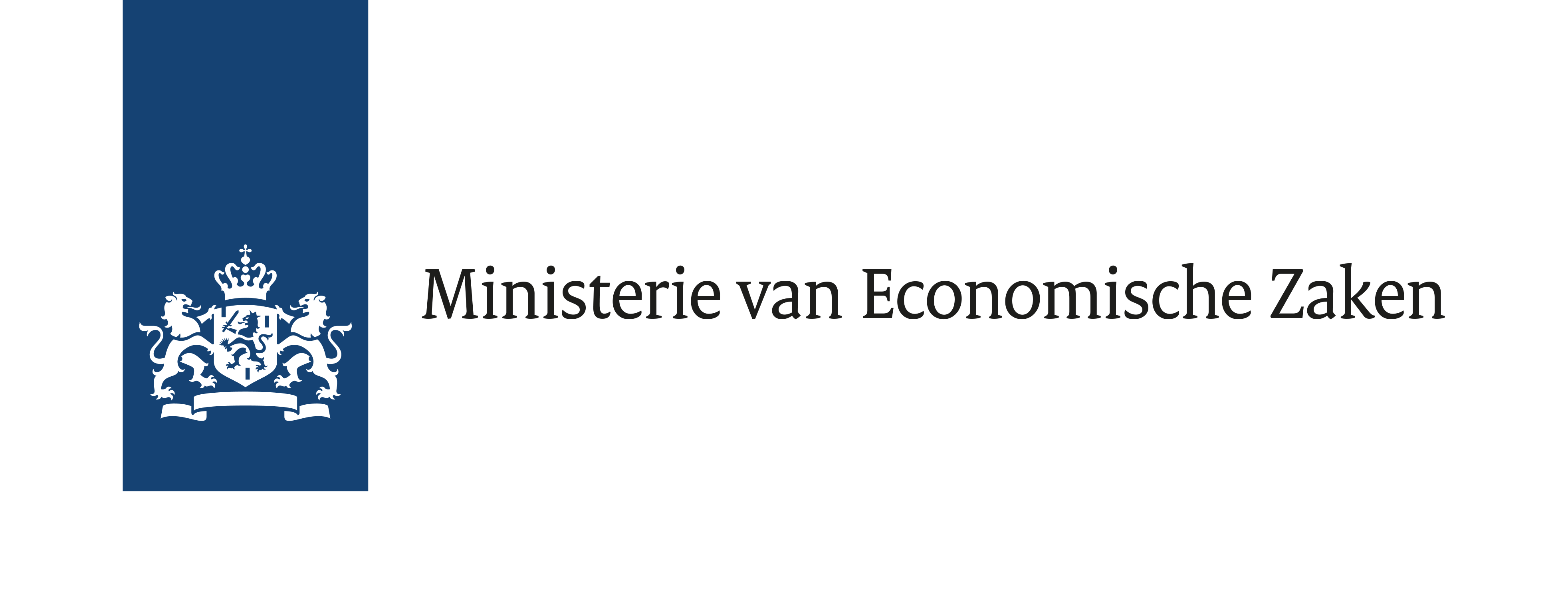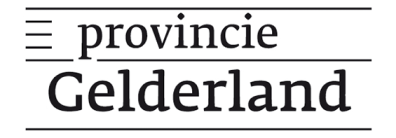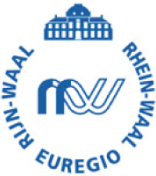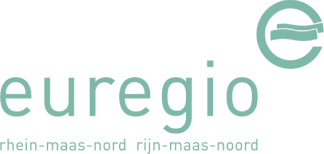Due to demographic
trends, orthopaedic operations such as hip and knee replacements and the
need for specialist staff will increase. Continuous and quantitative
recording of human motor function is required for optimal
rehabilitation. However, current technical solutions require either a
visit to a gait laboratory, which only a few specialised clinics have
due to the high costs, or a monitoring system worn on the body, which
only records a few minutes with sufficient accuracy, cannot be
integrated into clothing and is complex to put into operation.
For the first time, LifeHelper records human motor
activity at any time and in any place in a highly precise, continuous,
robust, compact, calibration-free and recyclable manner. LifeHelper realises
this disruptive movement measurement with battery-free “tags” that are
integrated almost invisibly into any item of clothing as small, flat
wireless sensors that are always ready for use and whose current
positions are calculated by a tracking device worn on the belt.
LifeHelper thus not only optimises and shortens the
rehabilitation process through quantitative and continuous movement
monitoring, but also counteracts neurological diseases (e.g.
Parkinson’s) through individual medication, enables evidence-based
physiotherapy and occupational therapy measures and increases the
quality of life even in old age through preventive training. The
unlimited amount of individual movement data also opens up completely
new applications for artificial intelligence (AI). Last but not least,
the continuous movement measurement also enables new sports and gaming
applications, meaning that LifeHelper opens up several new future markets at the same time.
The outstanding LifeHelper project consortium can
only be found in the border region between Germany and the Netherlands
and contributes to a more innovative programme area through close
interdisciplinary cooperation.















